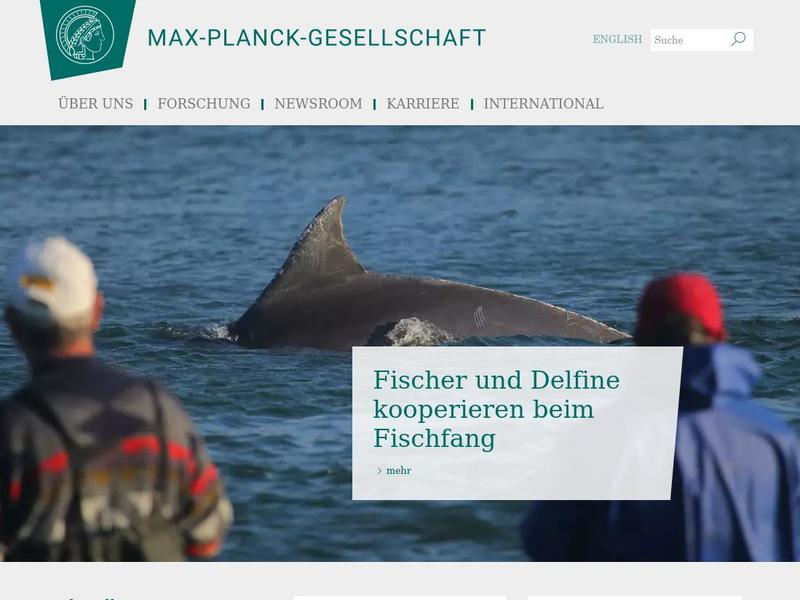Thorsten Mauritsen: „Die Erwärmung hört nicht auf, wenn die Emissionen aufhören“ https://www.mpg.de/11479637/klimaziel-paris?c=19172313
Thorsten Mauritsen vom Max-Planck-Institut für Meteorologie ermittelt, wie viel Zeit noch bleibt, um das Pariser Klimaziel zu erreichen
Sie haben herausgefunden, dass sich die Erde um insgesamt 1,1 Grad Celsius erwärmen

